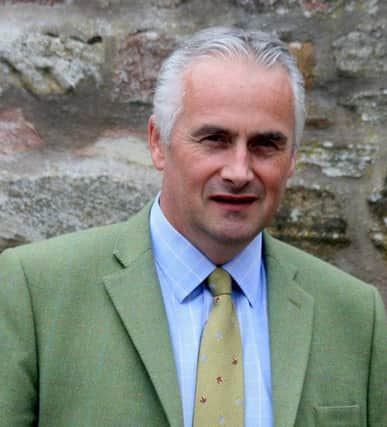2016 livestock auction market throughput figures reflect strength of industry


Nearly £1.7 billion worth of livestock was sold through the auction market system in England and Wales in 2016, with the overall number of store and breeding stock sold in livestock auction markets increasing by more than 70,000 above 2015 figures.
Slaughter stock figures through auction markets also stood up well, despite a small fall in sales on the previous 12 months. In total, almost 11.5 million cattle, sheep, pigs and calves passed through the auction market system in 2016.
Advertisement
Advertisement
Chris Dodds, executive secretary of the Livestock Auctioneers Association (LAA), says: “The overall figures released today reveal a dynamic and profitable industry, despite difficult trading conditions. The figures also demonstrate the critical role the livestock auction market system plays in supporting the sector.”
In the 200 years since the first registered auction in Hawick in 1817, the livestock sector has changed dramatically, and today the LAA actively supports what has become a multi-million-pound industry, both politically and commercially.
“As prime minister Theresa May this week announces the snap general election, the LAA will as ever play an important representative role on behalf of the industry, just as it did in August 2016 when bringing key sector stakeholders together to help shape future policy post-Brexit,” continues Mr Dodds.
Chaired by Mr Dodds, the UK Livestock Brexit Group was initiated by the LAA to help provide a robust framework for the future of the industry, through a collaborative approach between the sector and the UK and devolved governments. Importantly, alongside input into future regulatory issues and political lobbying, industry initiatives remain at the forefront of the LAA’s activities.
Advertisement
Advertisement
“The LAA has been instrumental in introducing new training programmes, is working alongside industry organisations to deliver a data exchange initiative at point of sale, and continues to deliver support and advice as we face a period of uncertain trading,” says Mr Dodds.
“During our annual conference from 18-21 May this year for example, alongside our bicentenary celebrations, we will be addressing the potential opportunities and challenges that Brexit could create.”
The LAA and IAAS conference will this year welcome the European Association of Livestock Markets, providing UK auctioneers with the opportunity to meet and discuss the marketing of livestock with colleagues from across Europe.
The conference will see keynote speakers from AHDB’s market intelligence department and QMS (Quality Meat Scotland). With its strong focus on Halal meats and carcass exports, Euro Quality Lambs’ executive director Rizvan Khalid will be giving his perspective on future opportunities, whether a trade deal is in place or not. The conference takes place at Slaley Hall in Hexham, Northumberland.
Advertisement
Advertisement
Mr Dodds concludes: “Livestock auction markets are pivotal to the supply chain, providing an open, transparent and competitive marketing forum for the red-meat sector. Today’s figures reinforce this message, and the LAA will continue to encourage innovation and traceability, help shape future policy and positively represent the sector.
“While we enjoy these bicentenary celebrations, the focus of the industry and indeed the LAA is firmly on the future.”